Mammoth Hot Springs are a must-see feature of Yellowstone National Park in part because they’re so different from other thermal areas in the area. This is largely because limestone is a relatively soft type of rock, allowing the travertine formations to grow much faster than other formations. It has been described as looking like a cave turned inside out.
At Yellowstone each year, the rain and melted snow seeps into the earth. Cold to begin with, the water is quickly warmed by heat radiating from a partially molten magma chamber deep underground, the remnant of a cataclysmic volcanic explosion that occurred 600,000 years ago.
After moving throughout this underwater “plumbing” system, the now hot water rises up through a system of small fissures. Here it also interacts with hot gases charged with carbon dioxide rising up from the magma chamber. As some of the carbon dioxide is dissolved in the hot water, a weak, carbonic acid solution is formed.
In the Mammoth area, the hot, acidic solution dissolves large quantities of limestone on its way up through the rock layers to the hot springs on the surface. Above ground and exposed to the air, some of the carbon dioxide escapes from the solution. Without it, the dissolved limestone can’t remain in the solution, so it reforms into a solid mineral. This white, chalky mineral is deposited as the travertine that forms the terraces.
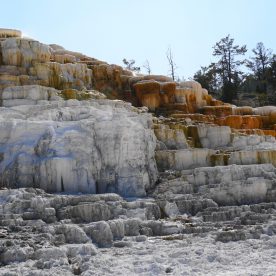
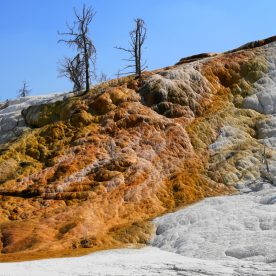
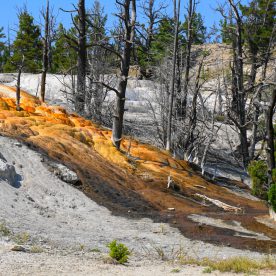
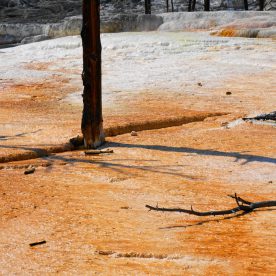

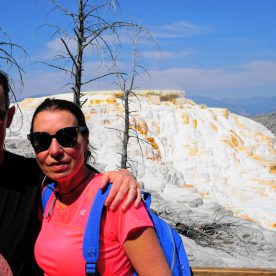
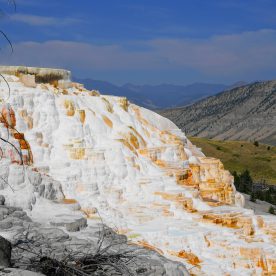
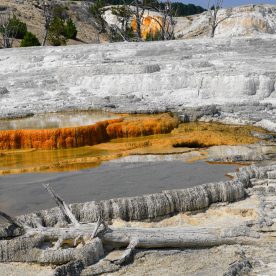
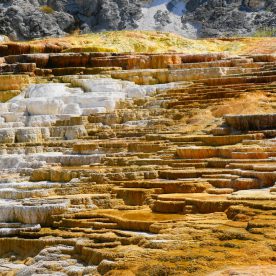
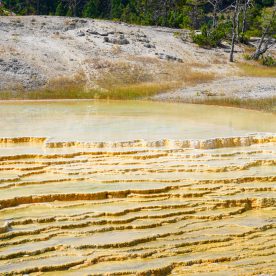
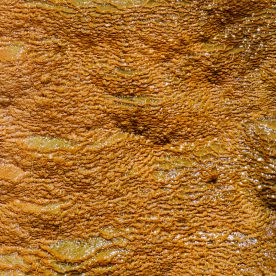
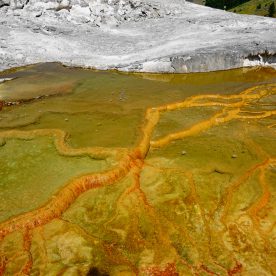
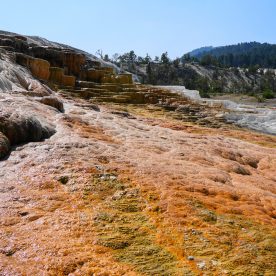
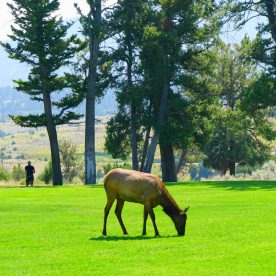
Like!
Interesting and amazing
Nice,we went there in 2012 year….Amazing views…
Love doggie